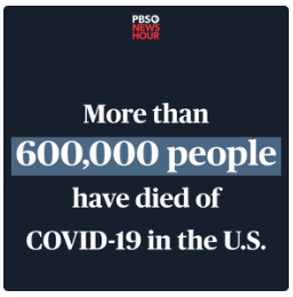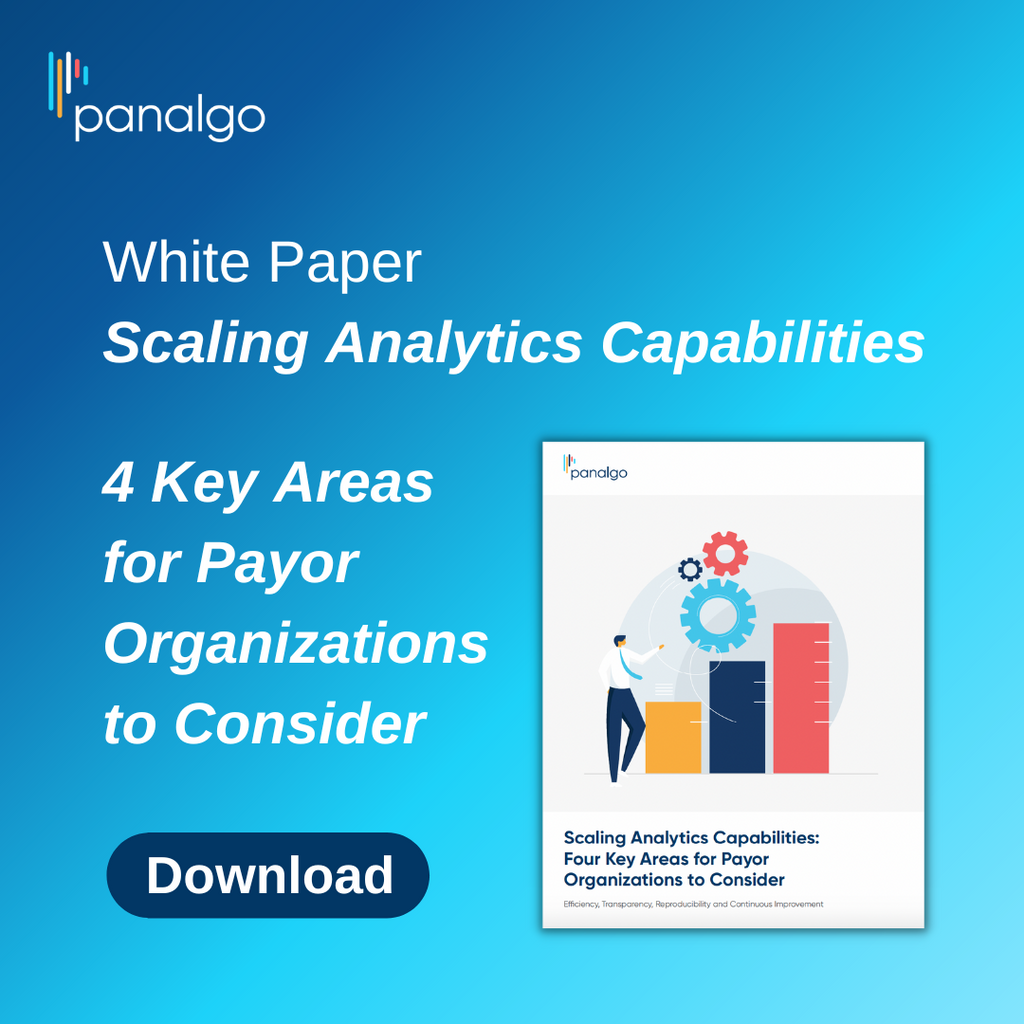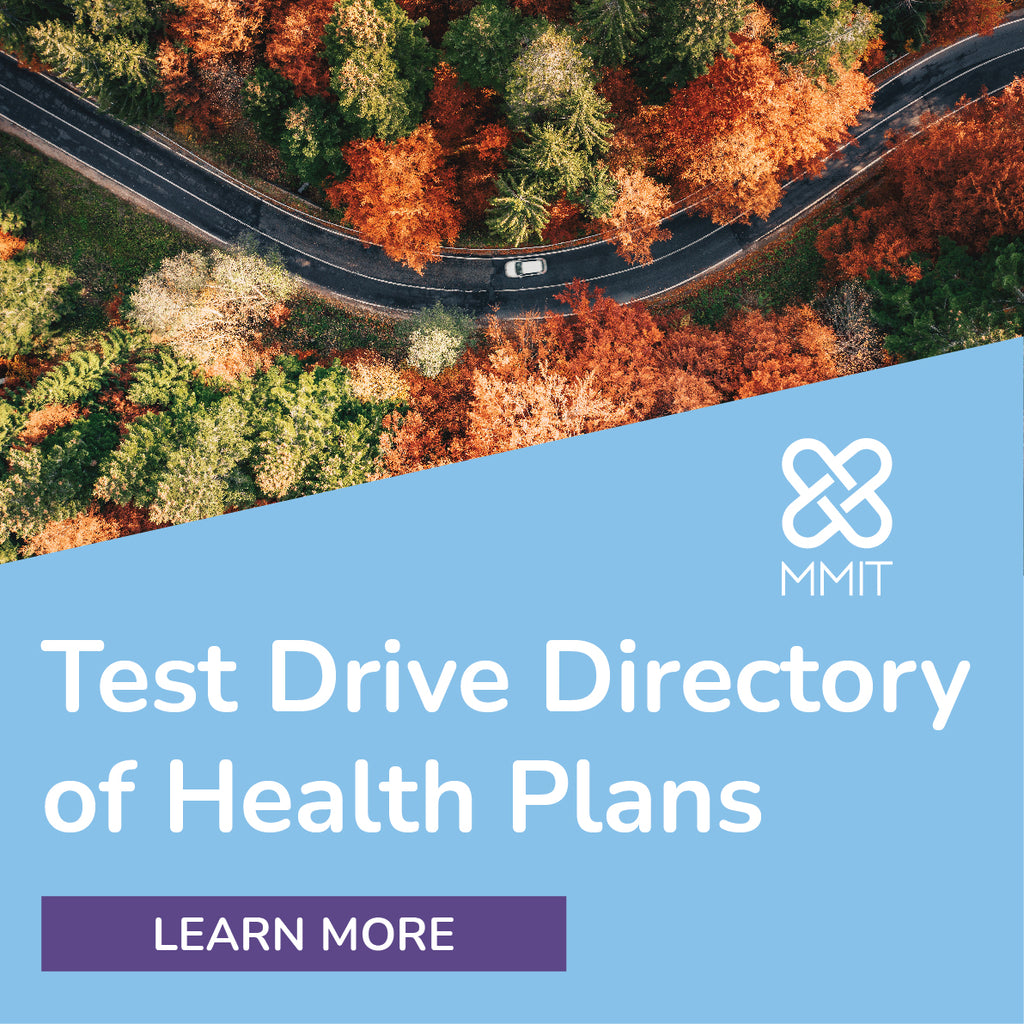Radar on Drug Benefits
-
States Eye Expanded Drug Price Review Boards as Costs Rise
In response to rising drug prices, some states have launched prescription drug review boards designed to make medicines more affordable. So far, the boards control prices mainly for states’ Medicaid and state employee plans, but some states are considering whether to set up panels that would also work to set upper payment limits for prescription drugs in commercial insurance.
A new report by professional services firm Manatt found that 17 states so far have implemented or introduced legislation for boards that exercise some influence on drug prices, primarily in the realm of plans controlled by state governments — state Medicaid plans and commercial plans in which the state government is the plan sponsor. The report found that six states — Maine, Maryland, Massachusetts, New Hampshire, New York and Ohio — have such boards in place.

-
News Briefs
✦ HHS and the Dept. of Defense reached a deal with CVS Health Corp. and Walgreen Co. to provide and administer COVID-19 vaccines to residents of long-term care facilities (LTCF) nationwide, with no out-of-pocket costs for patients, once they become available. The goal of the partnership is to “minimize the burden” on LTCF sites and jurisdictional health departments regarding vaccine handling, administration and fulfilling reporting requirements, HHS said in an Oct. 16 press release. In its own press release, CVS said it “has the experience and expertise to play a vital role in the COVID-19 vaccination effort,” noting that it’s now administered more than 5 million COVID-19 tests since the start of the pandemic. Read more at https://bit.ly/3jhCsTS.
✦ Highmark Inc. says it has been able to improve safety and reduce costs for patients with diabetes through “an innovative process that identifies opportunities to discontinue clinically ineffective prescriptions and flags dangerous medication combinations.” The Pittsburgh-based insurer touted its model, which “combines medical and pharmacy data and partners with primary care physicians to improve diabetes medication management,” at the Academy of Managed Care Pharmacy Nexus 2020 Virtual Conference on Oct. 19. The program is available to practices that participate in Highmark’s True Performance value-based reimbursement initiative. Read more about Highmark’s diabetes program at https://bit.ly/2FRiim8.

-
Expert: Consumers Need More Info on Complex Drug Benefits
Employer-sponsored plans have “increasingly complex” prescription drug cost-sharing arrangements, according to the Kaiser Family Foundation’s (KFF) 2020 Employer Health Benefits Survey. But one expert says that plan sponsors and payers can help members manage the cost burden of prescription drugs by making more pricing and rebate data easily available to consumers.
The KFF survey found that the number of covered workers with tiered cost sharing for prescription drugs remained stable, with 89% of workers in a tiered cost-sharing plan in 2020, compared with 91% in 2019.

-
Costlier PDPs, Cheaper MA-PDs Opt Into Insulin Demonstration
In 2021, about half of enhanced stand-alone Prescription Drug Plans (PDPs) and a little more than a third of Medicare Advantage-Prescription Drug (MA-PD) plans will participate in a new demonstration that aims to lower diabetic seniors’ out-of-pocket costs by capping copays at $35 for a broad set of insulin products. That’s one finding from a new analysis by consulting firm Avalere Health, which also uncovered some illuminating trends regarding how plan sponsors chose to price PDPs and MA-PD plans featuring the new benefit.
Among the 310 enhanced PDPs that opted to participate in CMS’s Part D Senior Savings Model for 2021, the average enrollment-weighted premium is $57.53 — $23.46 higher than the average premium for non-participating plans, the analysis found. But an opposite scenario is playing out in the MA-PD space, where the average enrollment-weighted premium for the 1,287 participating plans is $10.36 less than the cost of non-participating plans ($22.74 versus $33.10).

-
PDP Members Flock to Large Plans in 3.5-Star ‘Sweet Spot’
Based on current enrollment figures, virtually every Medicare beneficiary who signs up for a stand-alone Prescription Drug Plan (PDP) in 2021 will be enrolled in a plan rated 3.5 stars or higher, CMS estimated recently. However, only 17% of beneficiaries are in plans with 4 or more stars for 2021.
That dynamic is unlikely to shift unless CMS opts to pay PDPs bonuses for higher star ratings, an idea that hasn’t been discussed seriously by policymakers in recent years, industry insiders say.












